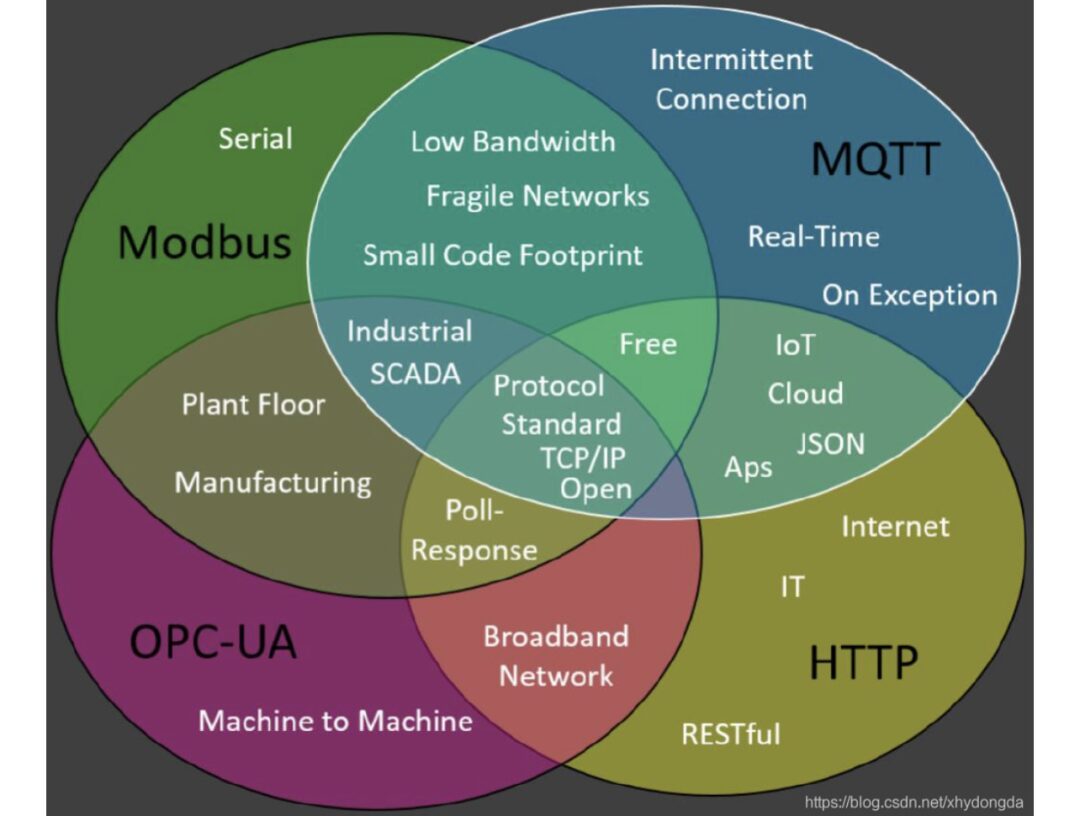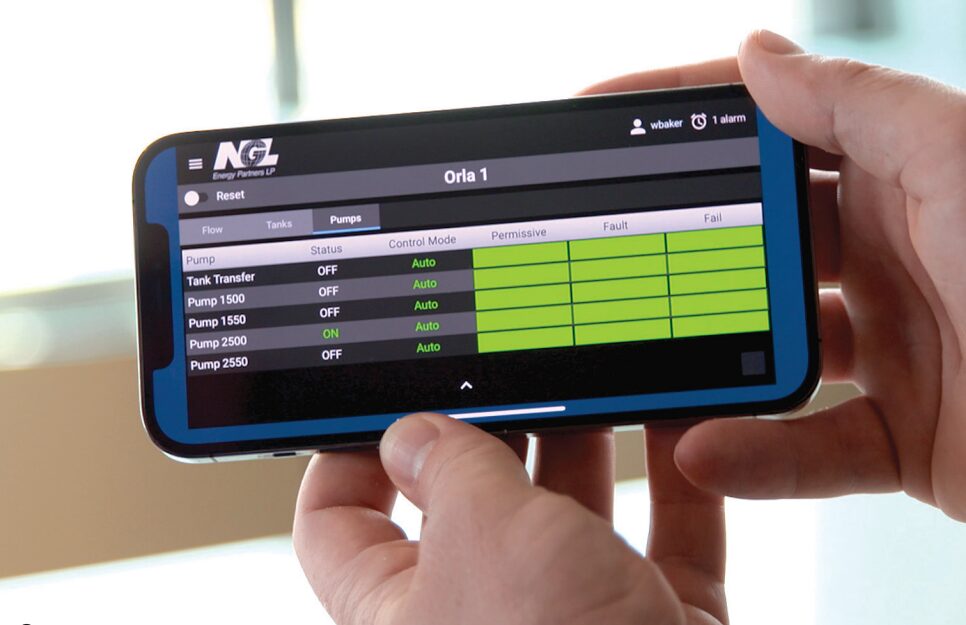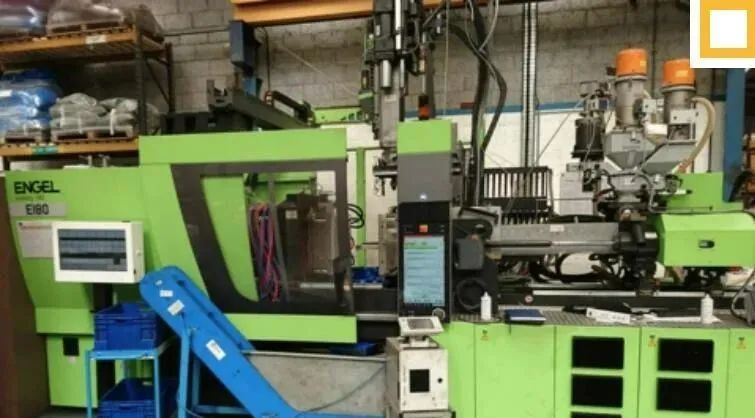

Author: Arlen Nipper, CirrusLink Solutions
Implementing the Industrial Internet of Things (IIoT) using existing tools and advanced technologies is not as difficult as many people think.
Today, there is a strong trend across almost every industry: CEOs, CTOs, and other executives want more data. Industrial enterprises are considering data operations, the development of data flows, and the continuous use of data across the organization. People want to leverage this data to make better and faster decisions.
The key to capturing, sharing, and utilizing data at scale is the Industrial Internet of Things (IIoT). IIoT can bring many benefits, but many companies still struggle to choose the right technologies to capitalize on these advantages. Most companies that use proprietary technology networks to implement IIoT projects ultimately find the process difficult, expensive, and labor-intensive, often resulting in failure.
However, adopting open standard tools can help IIoT be implemented more quickly and easily at scale. Open standards and interoperable IIoT tools, including Message Queuing Telemetry Transport (MQTT) and Sparkplug B, can provide a non-proprietary, single source of truth (SSOT) across the enterprise (from edge to cloud).
Complete data also lays the foundation for machine learning (ML) and artificial intelligence (AI) applications. Once IIoT is implemented correctly, operational technology (OT) data can be applied to more scenarios. This article will delve into how to implement IIoT to meet these needs and help businesses keep pace with competitors in this fast-moving digital transformation era.

Images in this article are sourced from: Inductive Automation
Implementing IIoT Doesn’t Have to Be Difficult
Industrial enterprises consist of many assets, industrial automation systems, cloud computing, and enterprise systems. Some factories have achieved good interconnectivity, while many others still have not seen significant changes. There are often hundreds of complex industrial protocols among different manufacturers, each with its own language, hindering data sharing from OT to information technology (IT) or cloud systems.
Completing this data exchange is often referred to as bridging the IT/OT gap, but most manufacturers do not do well in this regard. While there are hundreds of tools available in the market to address these complex issues, many enterprises often feel overwhelmed and unsure which to use. Transitioning from proprietary tools and coding on operating system solutions to open standard technologies is not difficult, but it does require a shift in mindset.

▎A suitable SCADA system or IIoT platform can connect any number of site assets to publish data from the edge.
Most manufacturing companies believe that digital transformation is costly, requiring renovations and replacements of hardware, software, control systems, etc. In fact, the MQTT messaging protocol can decouple data based on existing technologies and allow data to be transmitted to enterprise applications in a one-to-many manner. The open-source Sparkplug B specification adds features to contextualize data, thereby expanding IIoT use cases.
Below, we will introduce how enterprises can use these open standards to implement IIoT based on existing systems without the need for large-scale renovations or replacements during the process, nor the expenditure of large amounts of time and money.
Achieving Efficient Industrial Communication Integration
Establishing a single source of truth for OT data is an important step. Once completed, any IIoT use case, from predictive maintenance to artificial intelligence, will be easier to implement. MQTT and Sparkplug B provide the mechanisms to achieve this. First, IIoT requires a platform or mechanism to connect shop floor systems.
A suitable monitoring and data acquisition (SCADA) or IIoT platform can connect OT assets from any number of sites, fields, or locations to publish data from the edge. MQTT is a data transfer protocol designed to push data from thousands of devices across multiple sites to industrial and commercial applications. Sparkplug B adds contextual information to the data to expand use cases.

▎Control rooms always need better, consistent data flows to enable engineers to make more informed decisions.
“You need an open standard-based IIoT platform with unlimited licensing that provides a data operations pipeline for true digital transformation at scale,” said Travis Cox, Director of Sales Engineering at Inductive Automation. “With MQTT, you can easily decouple devices from applications, push data to more places, and avoid turning SCADA into middleware.”
MQTT is a lightweight publish/subscribe messaging protocol designed to serve constrained devices and low-bandwidth, high-latency, or unreliable networks.
MQTT provides a way to connect to existing infrastructure, creating a standard data layer and pushing data up so that it is available for any cloud or enterprise system. Enterprises can create a manageable, low-cost IIoT proof of concept and scale it without requiring extensive programming or expertise.
The value of MQTT in implementing IIoT lies in its ability to decouple devices from applications and establish a single source of truth for multiple data consumers. Enterprises can streamline their data pipelines to gain access to more data, which can then be shared across the organization.
Achieving Data Interoperability in Three Ways
While MQTT provides an excellent and reliable engine for delivering IIoT data, it does not enable interoperability across the enterprise. This is where Sparkplug B comes into play.
Sparkplug is an open-source software specification that provides a framework for integrating data for MQTT clients. The specification outlines three objectives:
· Define an MQTT topic namespace to optimize IIoT;
· Define MQTT state management to leverage continuous session awareness;
· Define MQTT payloads.
Sparkplug makes interoperability faster, safer, and is an open standard, allowing anyone to use the framework. Device manufacturers are beginning to support Sparkplug, meaning it is built into devices at the OT layer.
For several reasons, SCADA platforms with MQTT can save time and money. First, these tools are free and open standards. Second, assets are automatically discovered, and tags are automatically learned, making scaling easier. Implementing IIoT projects using MQTT and Sparkplug B can achieve a constant data flow from OT to IT without the need for entirely new infrastructure.

▎MQTT and Sparkplug B can help engineers achieve better data flows and enable them to operate SCADA systems from mobile devices.
Applications of MQTT and Sparkplug B in the Oil and Gas Industry
NGL Energy Partners is a midstream oil and gas company that provides a variety of services to producers and end-users, including crude oil transportation, storage, blending, and marketing. To improve operational efficiency and revenue potential, NGL initiated a project to create a new SCADA system for its brine processing facilities. They used MQTT and Sparkplug B to create a smart oilfield in 8 months, including 114 water treatment and disposal facilities, 178 pipeline junctions, 31 boosters, and approximately 1.25 million tags.
MQTT helped address two key challenges faced by the company: remote locations and limited bandwidth. “MQTT is a key part of the project,” said Cox, who is responsible for the NGL company’s SCADA system project. “The ability of MQTT to publish/subscribe at the edge is extremely important to NGL. MQTT requires less bandwidth, allowing us to use cellular modems for most communications at the edge, which is difficult to achieve with traditional polling.”
Sparkplug B also saved a lot of time. With 114 sites and over one million tags, system integrators could not spend extensive time configuring tags at remote sites and the front end. With Sparkplug, they can define tags on-site and automatically publish and discover these tags at the gateway, providing customers with a single trusted source of data.
ARB Midstream, based in Denver, provides midstream and marketing solutions for crude oil, refined products, and liquefied petroleum gas. ARB needed to establish a SCADA system for a pipeline with 37 sites while upgrading hardware systems, creating a new network, and building a control room from scratch, all of which needed to be completed within 6 months.
As part of the project, ARB replaced some older VSAT and cellular devices at some of their remote locations, enabling them to use MQTT. MQTT helped the company quickly achieve a secure, cost-effective, and scalable infrastructure.
MQTT uses very little bandwidth and reports based on anomalies, which is a significant improvement over traditional polling. Cox stated, “ARB initially found a 35% discrepancy in data utilization because they were not sending tags that didn’t need to be sent.” In this project, the weak cellular network meant that even basic communications were difficult to guarantee. With the lightweight MQTT protocol, data quickly reaches the cloud.
IIoT Strategy with Data Insights
Future strategies for enterprises should include IIoT and open standards. Without this, businesses are likely to face the risk of falling behind. A complete IIoT strategy must achieve data insights across the enterprise through data standardization and easy integration with various data consumers (from cloud services to AI and ML applications). Failed projects are often based on proprietary protocols specific to one use case, resulting in a lack of scalability.
Open-source tools like MQTT and Sparkplug B allow organizations to implement IIoT in a cost-effective, repeatable, interoperable, and secure manner, either on-site or in factories. MQTT enables the use of OT data to bridge the IT/OT gap, while Sparkplug B provides contextual information that allows data operations teams to gain insights that enhance productivity and insight.
Key Concepts:
■ MQTT is a messaging protocol designed for constrained devices, low bandwidth, high latency, or unreliable networks.
■ Sparkplug is an open-source software specification that provides a framework for integrating data for MQTT clients.
Consider this:
What benefits can your factory equipment gain from MQTT and Sparkplug B?
– END –
This article is from Control Engineering China20229MonthPublicationTechnical ArticlesColumnTitle:Improving Data Utilization Efficiency with Open Standards and IIoT Tools

Recommended Articles:PID Tuning Best Practices—Embedding in Process Control Systems
|
||
|
||
|
||
|

Welcome to join the industry automation WeChat group!
From 2022, to strengthen the editing and reader communication, we have established various industry reader groups.



